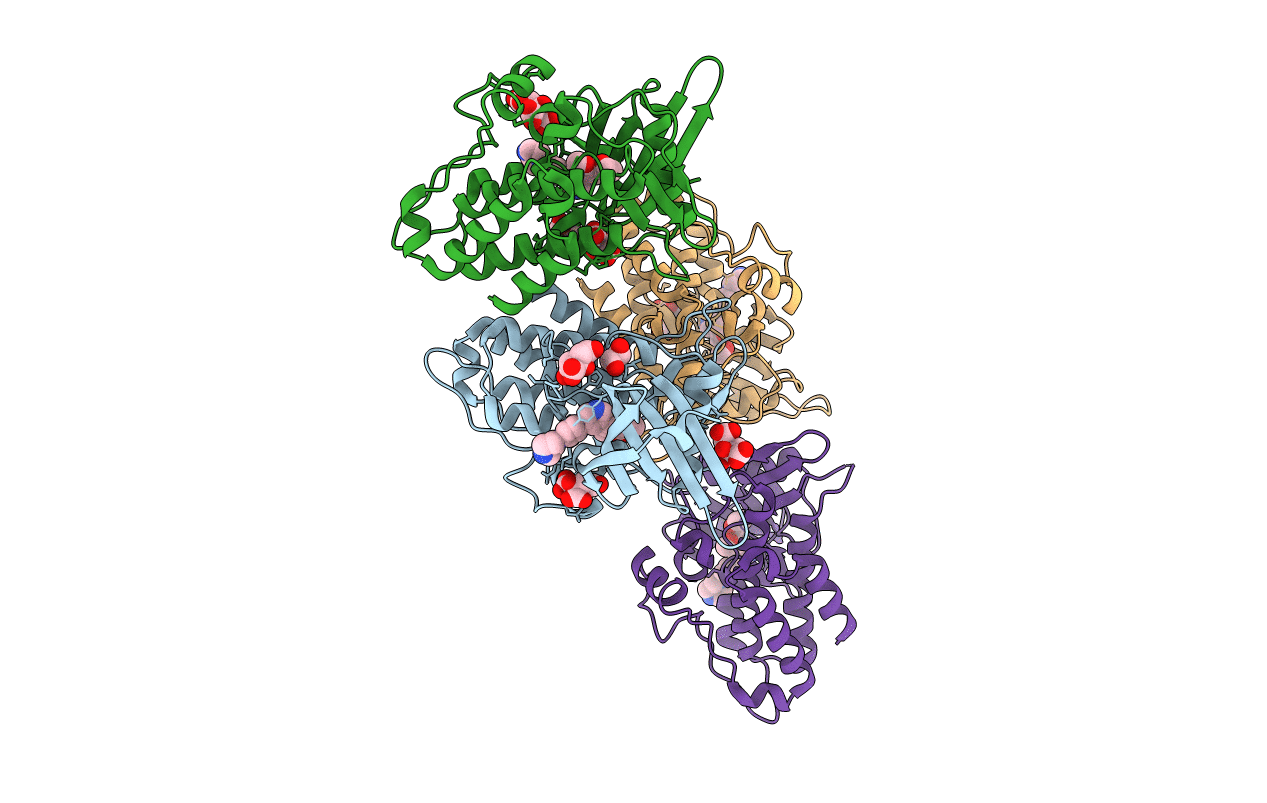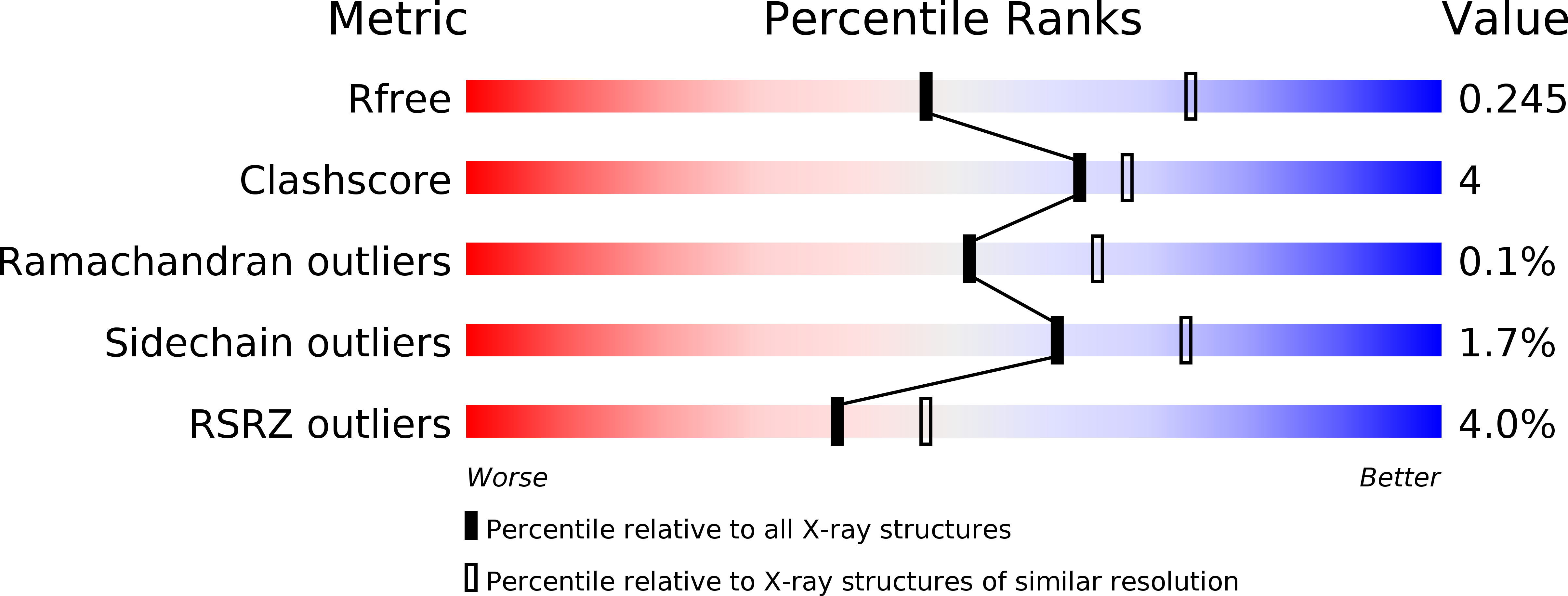
Deposition Date
2013-03-26
Release Date
2013-04-10
Last Version Date
2024-10-23
Entry Detail
PDB ID:
4BGG
Keywords:
Title:
Crystal structure of the ACVR1 kinase in complex with LDN-213844
Biological Source:
Source Organism:
HOMO SAPIENS (Taxon ID: 9606)
Host Organism:
Method Details:
Experimental Method:
Resolution:
2.56 Å
R-Value Free:
0.24
R-Value Work:
0.21
R-Value Observed:
0.21
Space Group:
I 1 2 1


